3 May 2017
Siena
We stopped for a brief visit to this town on the way to the next, where we over-nighted.
To the left "The Torre del Mangia is a tower built in 1338-1348. it is located in the Piazza del Campo, Siena's premier square, adjacent to the Palazzo Pubblico (Town Hall)."
On the right, bell tower of Siena Cathedral.
Siena
We stopped for a brief visit to this town on the way to the next, where we over-nighted.
To the left "The Torre del Mangia is a tower built in 1338-1348. it is located in the Piazza del Campo, Siena's premier square, adjacent to the Palazzo Pubblico (Town Hall)."
On the right, bell tower of Siena Cathedral.
Piazza del Campo - with its sloped contours, inviting many visitors to lounge idly in the sunshine.
"The Siena Cathedral (Duomo), begun in the 12th century, is a masterpiece of Italian Romanesque-Gothic architecture. Its main façade was completed in 1380. The original plan called for an ambitiously massive basilica, the largest then in the world, with, as was customary, an east-west nave. However, the scarcity of funds, in part due to war and plague, truncated the project, and the Sienese created a subdued version from the original plan's north-south transept. The east wall of the abandoned original folly of a nave still stands; through an internal staircase, visitors can climb for a grand view of the city."
Abandoned East Wall. Originally this was to be the church's front entrance. The final was built 90 deg to the original plan. In the below photo, the lighter stone under the white car marks where one of the columns of the original nave was to be placed (other markers can also be seen going towards the wall).
Outside and inside, the final creation is still inspiring.
San Gimignano
We then drove on to our over-night town, a much smaller one. The picturesque (aren't they all?) town originally had a hundred towers, but now 14 remain. Most of these towers were built as part of family palaces, and provided both defense from outside marauders, as well as bastions against and among feuding neighbors. Eventually some families became dominant and forced the less powerful ones to remove their towers, using the materials elsewhere in the town.
To the right, Gerri is standing outside the entrance to our one night stay in a family boutique hotel.
We then drove on to our over-night town, a much smaller one. The picturesque (aren't they all?) town originally had a hundred towers, but now 14 remain. Most of these towers were built as part of family palaces, and provided both defense from outside marauders, as well as bastions against and among feuding neighbors. Eventually some families became dominant and forced the less powerful ones to remove their towers, using the materials elsewhere in the town.
To the right, Gerri is standing outside the entrance to our one night stay in a family boutique hotel.
Truffles - a unique and satisfying flavor. Back home, this stuff is super expensive, here truffles are only a bit expensive.
Tim lit another candle - the one on the lower left.











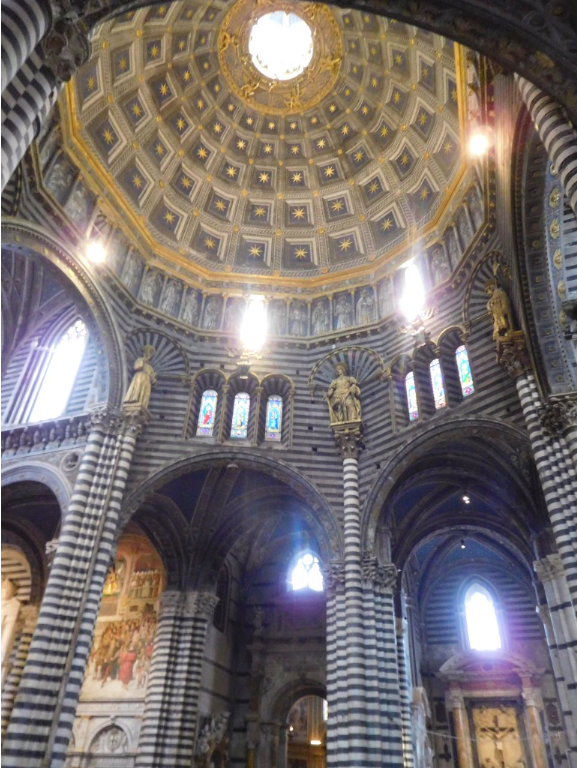




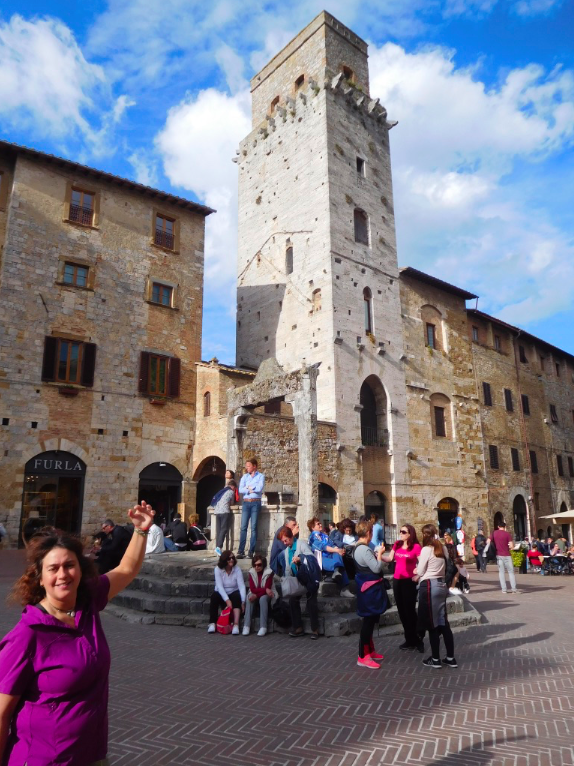

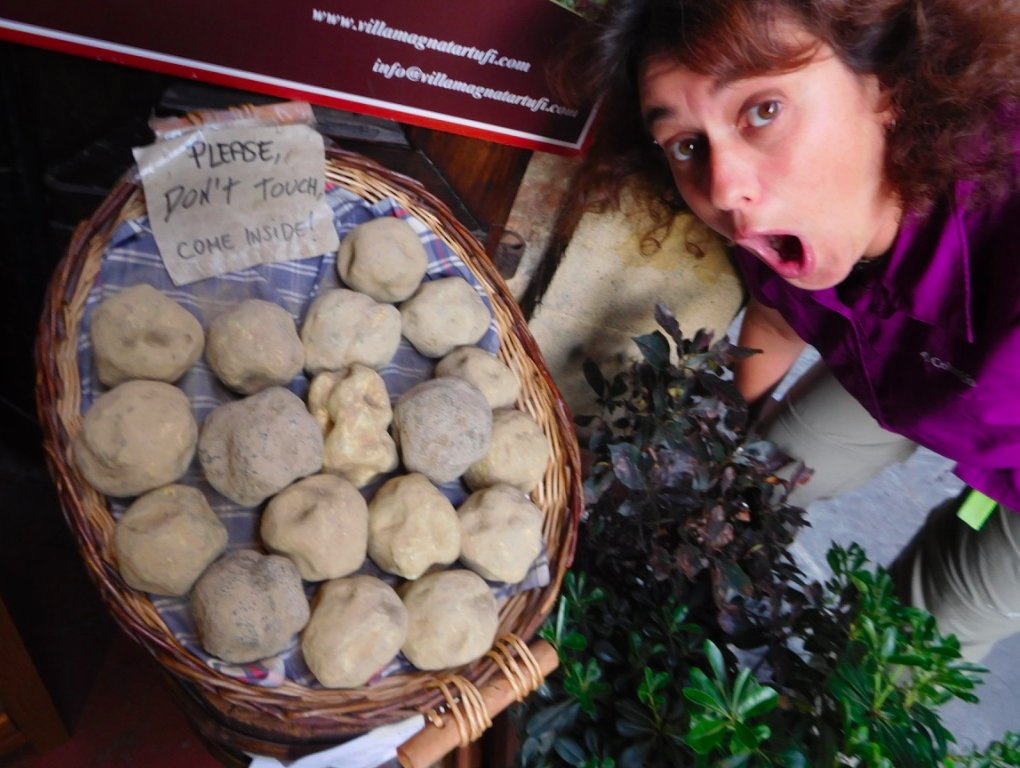
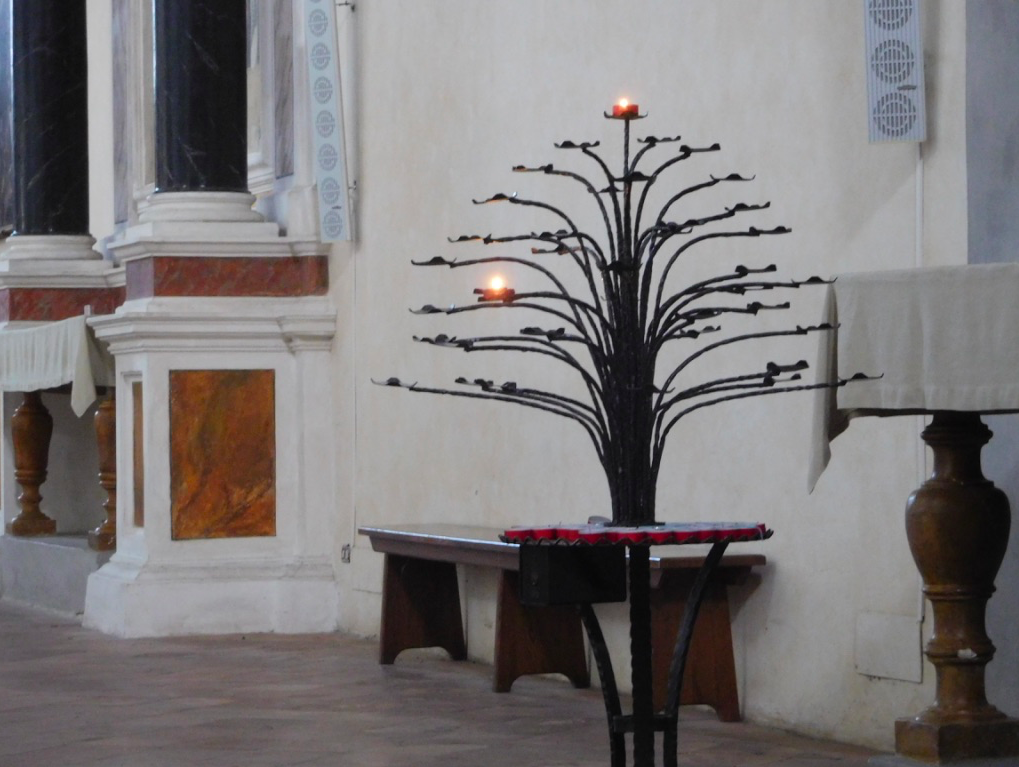












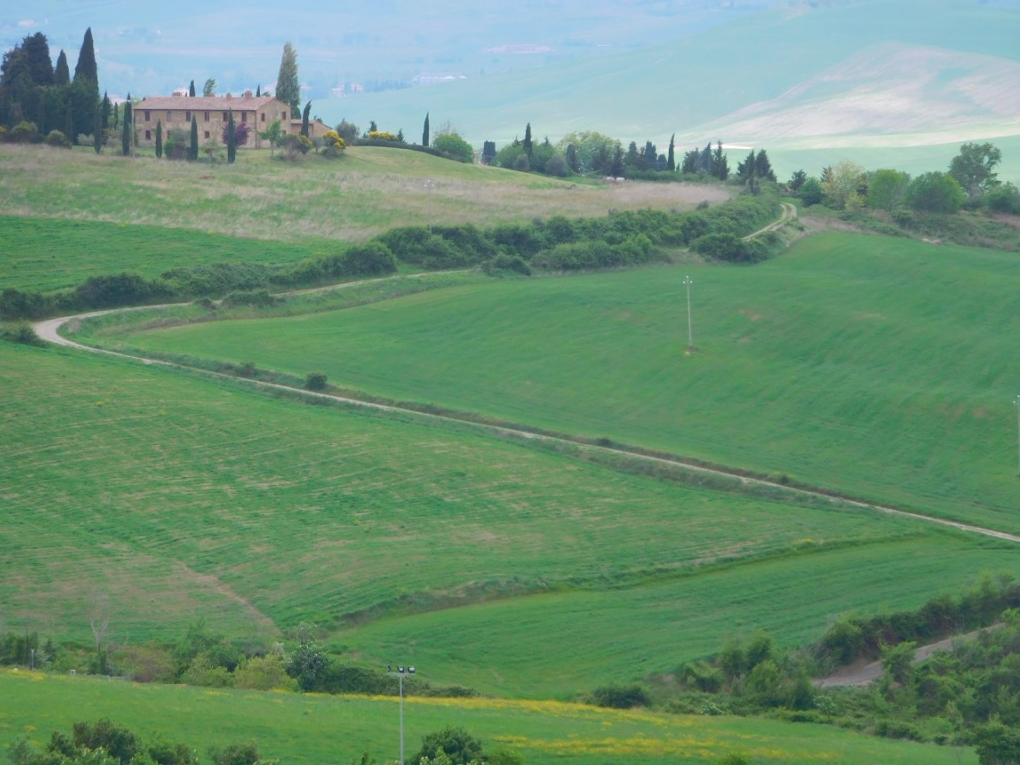
















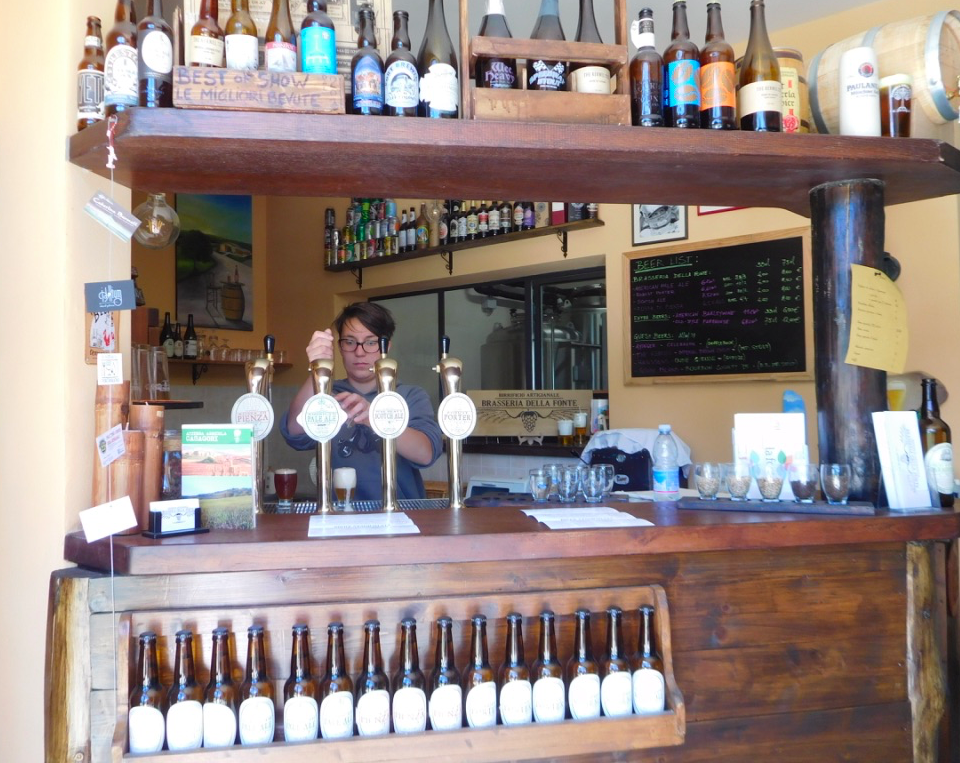

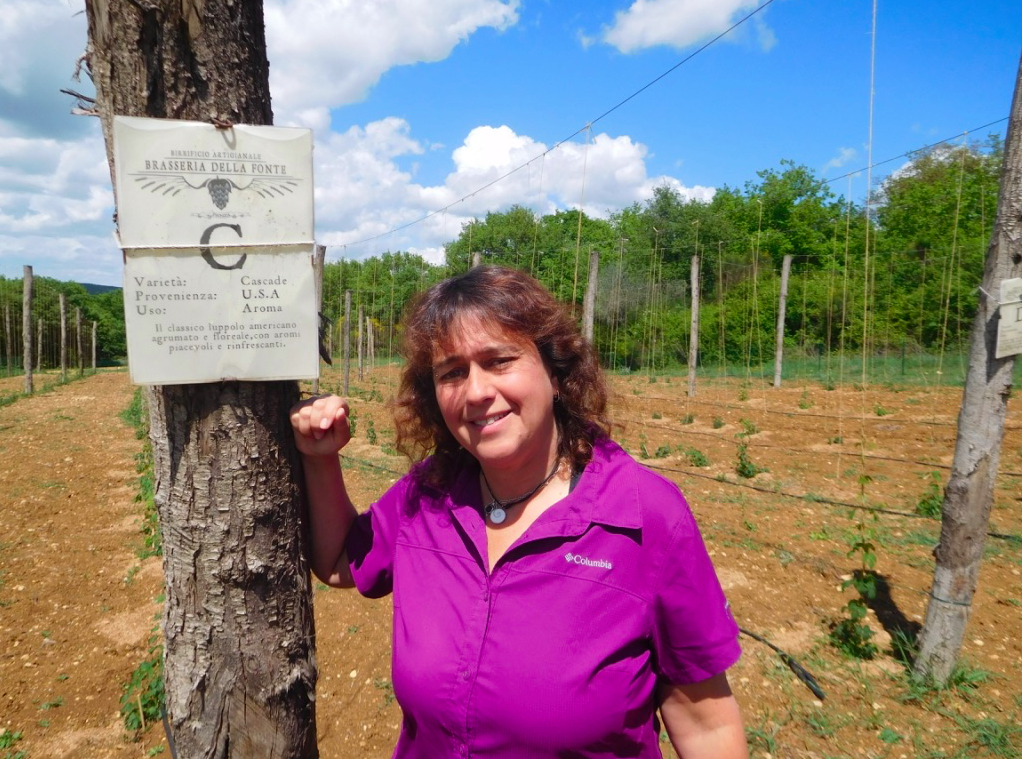

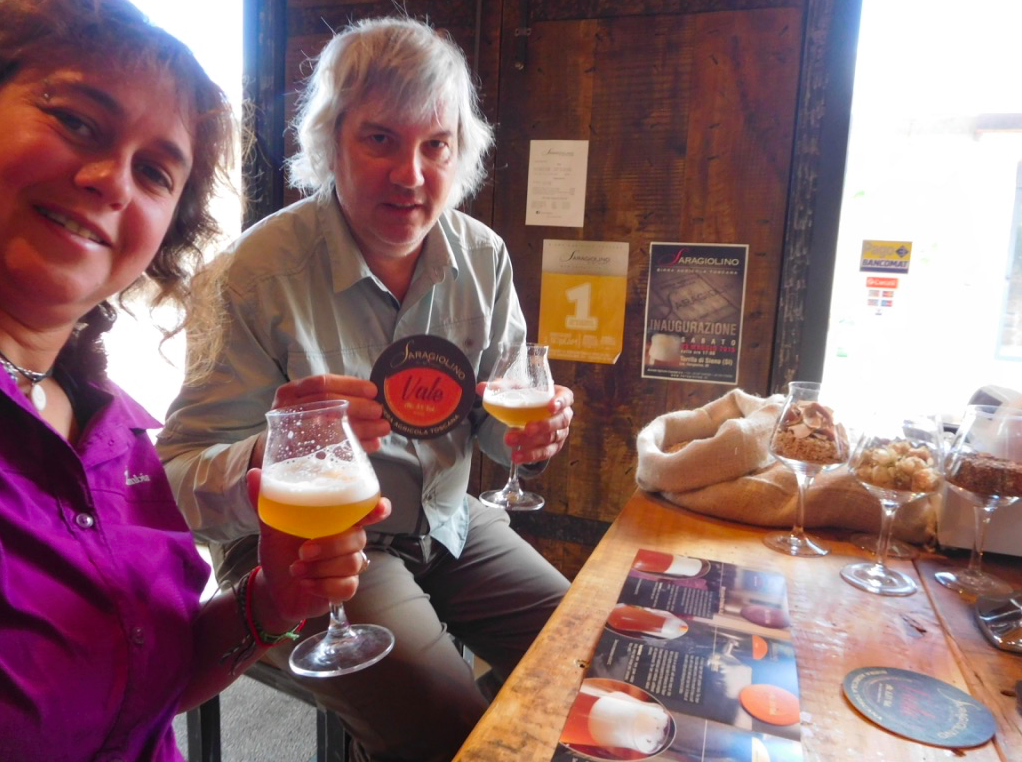
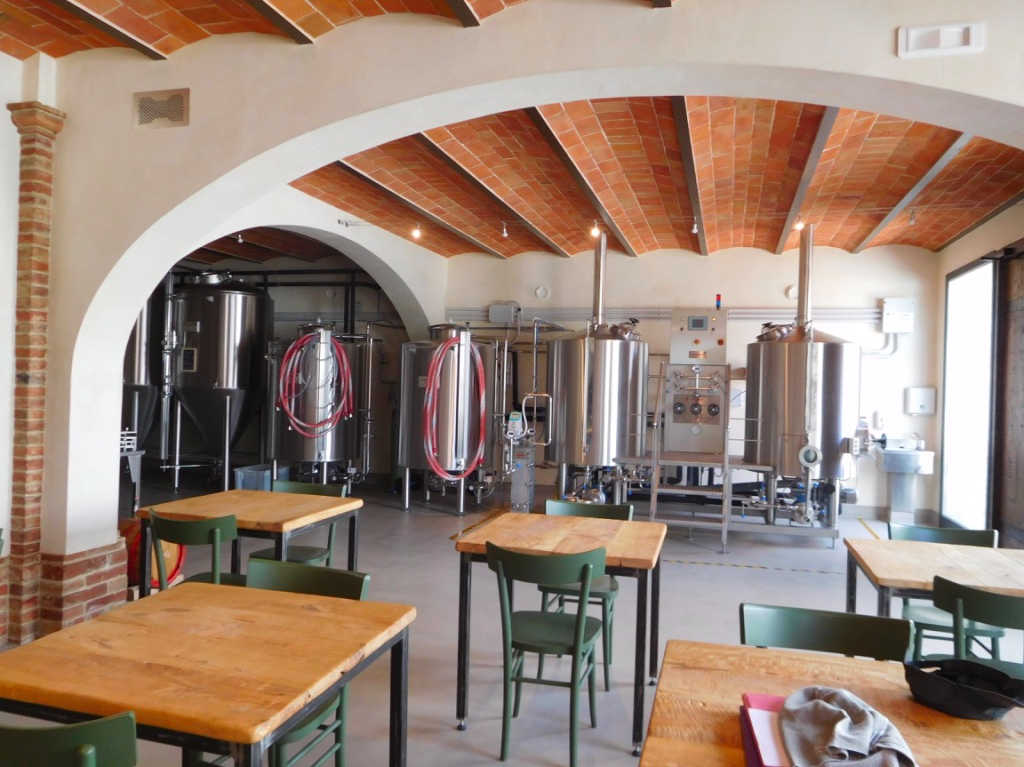

 RSS Feed
RSS Feed
